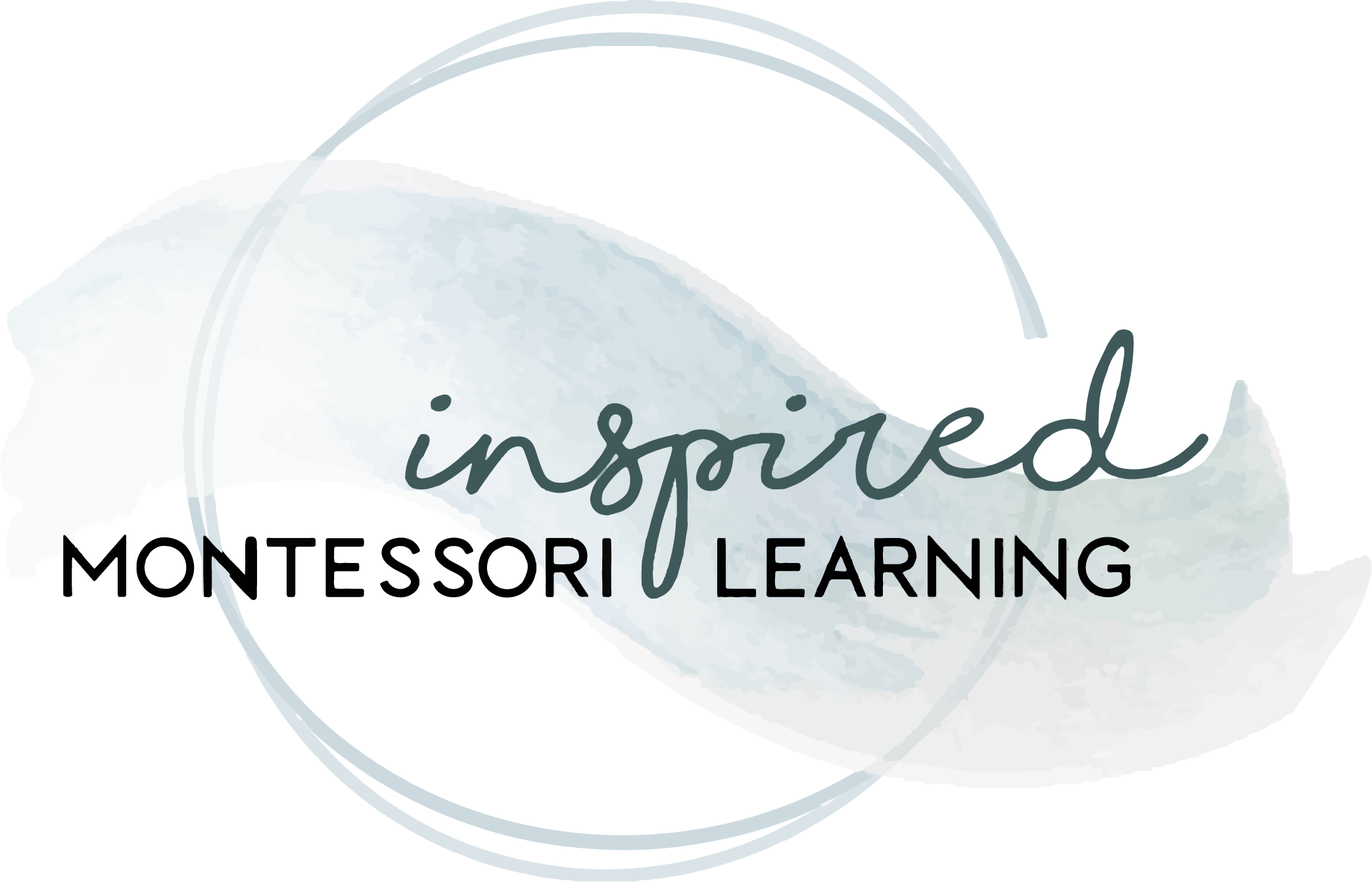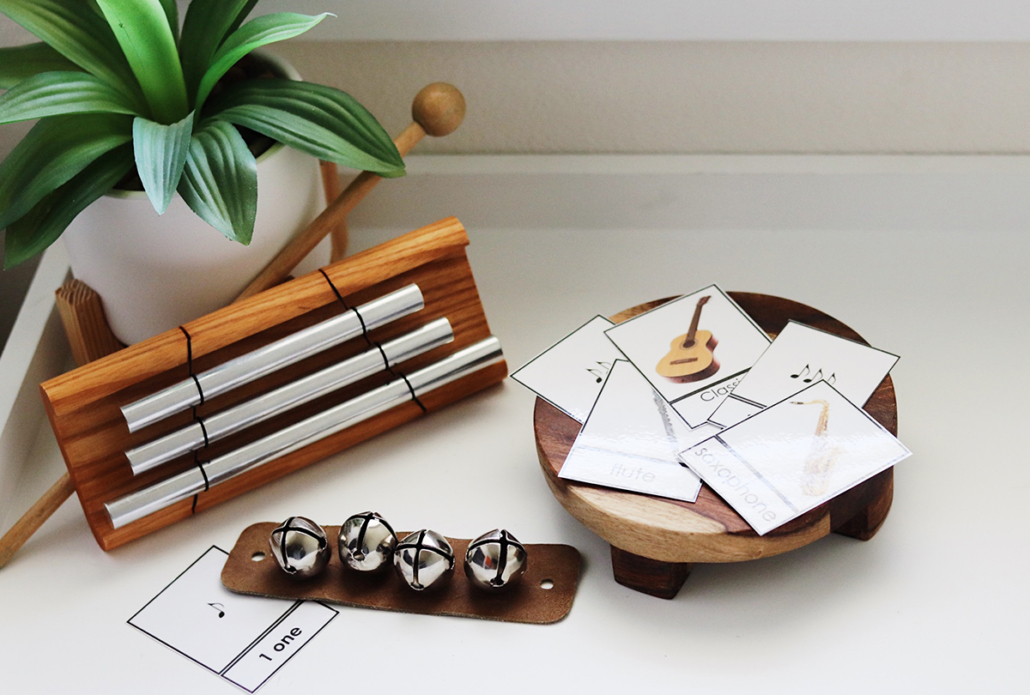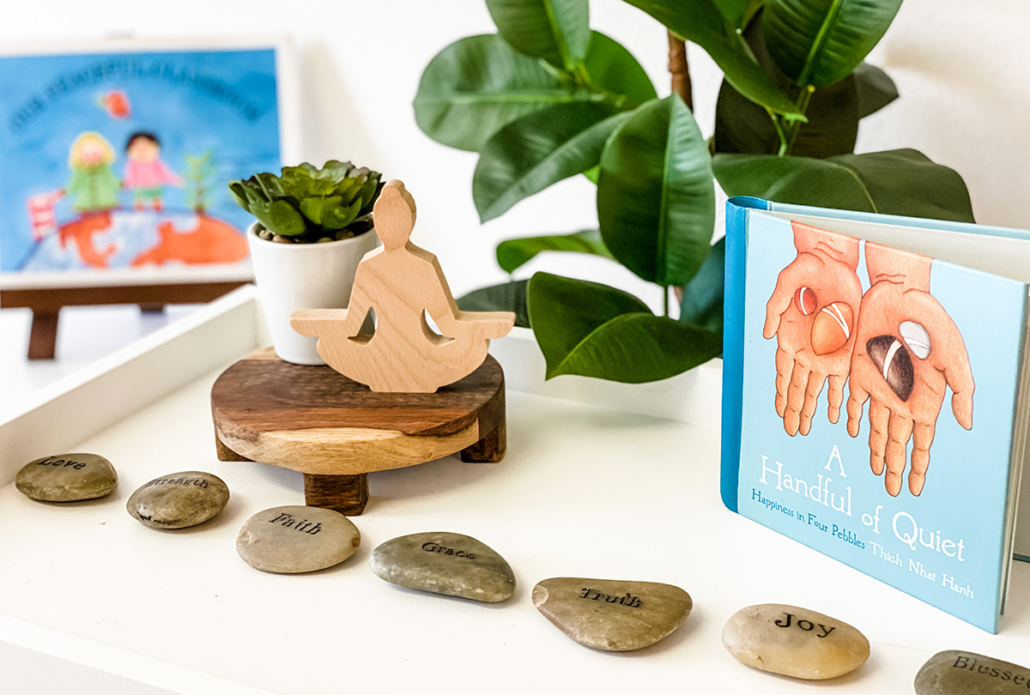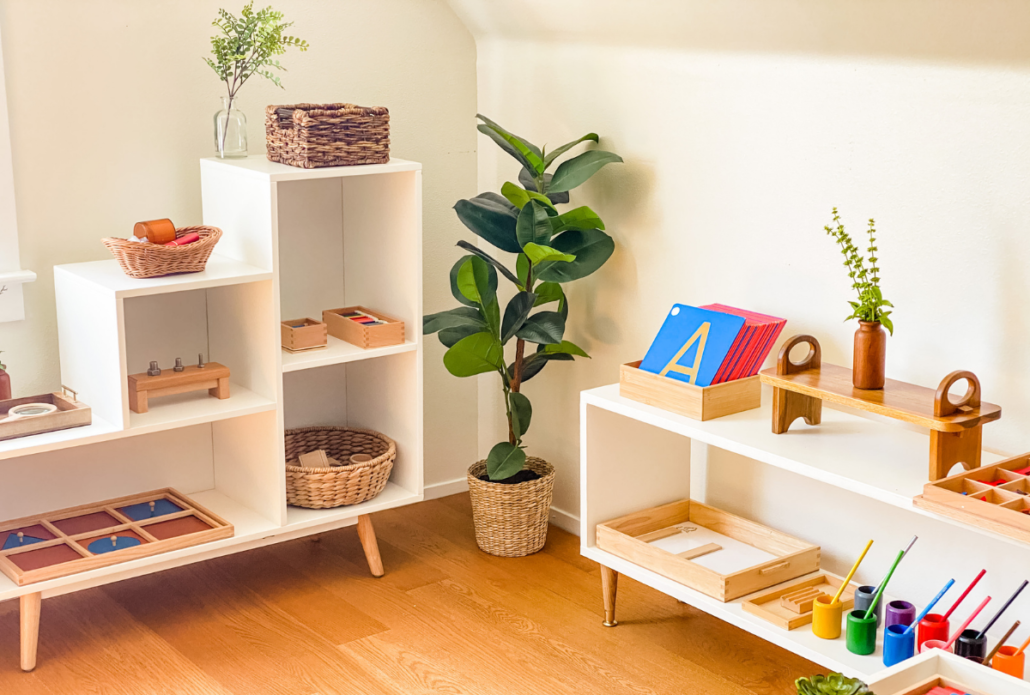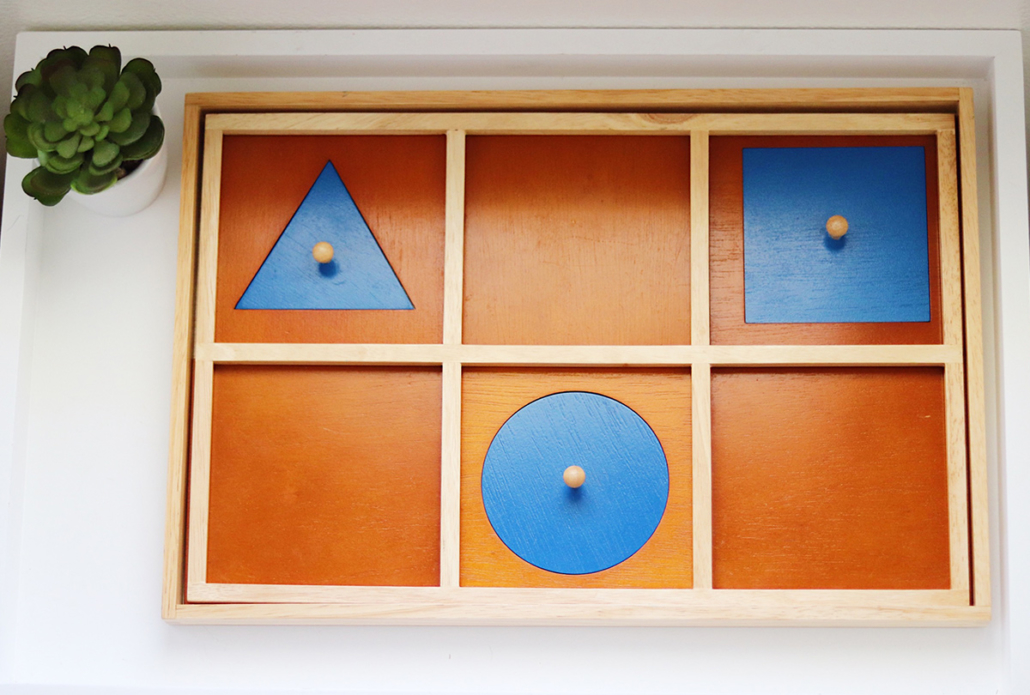Finding a Family Rhythm
As we begin adjusting to a new normal in our world and family life, we wanted to take some time to discuss what this might look like in terms of daily family living and new found homeschooling.
Finding a “Family Rhythm” that really works under normal circumstances can be stressful, but under our new circumstances, challenging at best. We want you to know that we are here to help even if it is from afar.
“Children of all ages, especially toddlers and preschool children, thrive on consistency and routine.”
During the start of our school days at our Montessori school in California each year, we implement and follow a predictable, simple, yet extremely important pattern that eventually creates a well polished “School Rhythm”. Daily schedules, routines and consistency give children a sense of calmness because knowing what comes next is important in their desire for order. According to Maria Montessori, “a child between the ages of one and four has a keen desire for order in their environment.”
Creating a “home or family rhythm” is important for harmony and balance and it can be similar in scope to a routine that we would set at school. Children of all ages, especially toddlers and preschool children, thrive on consistency and routine. We realize that it might seem difficult to set up a home routine that complements a school routine, but just keep in mind that the “what” of the routine isn’t as important as the “consistency” of the routine.
A family routine will look different for each family. And honestly there is no right or wrong. It’s just about figuring out and working through what is best for your crew.
The first step we would recommend in setting up your family’s new routine is to structure your day in blocks. Some families might find that creating a schedule of precise times works best for them and others might find that having larger blocks of time with a little more freedom works. At our school and in our own homes, we have large blocks of time as recommended by Dr. Montessori, that allows for several things to happen during that block. We will list an example of a Montessori block schedule from our school below. But however you decide to set up your routine, just remember that any routine is better than no routine at all and your routine or rhythm will evolve as you go through some trial and error periods. It’s all part of the process.
We’ve created a great FREE resource for you, iML’s Daily Routine Cards! Take a look at them here and print them off to start using in your home today.
Here is a great daily routine by Montessori in Real Life that we love.
While Carrots are Orange gives more chore chart kind of ideas, they do list a large number of ideas that could be incorporated into whatever daily routine you set up.
This is an example of how we block out our day at Children’s House Montessori
7:00-8:30 Children are Arriving
Students prepare for the day by helping teachers with practical life activities such as folding towels, cutting napkin squares, preparing snack foods, putting dishes away, and laying materials out for the line.
8:30-9:30/10:00 Outside Classroom
Students work outside in the garden, the outdoor school classroom or have free play on the grounds. During this time, we also serve a small snack and children have water breaks and participate in group teacher-led activities.
9:30/10:00-1:00 Work Period and Lunch
Children have class line time with lesson instruction, singing, attendance, weather, calendar, etc. They choose work from shelves and are given individual instruction or work by themselves or in small groups exploring materials and carefully prepared work. During this time they also prepare for lunch by setting their own tables and warming up their food and putting it all out on their plates. Mats are prepared for naps and following lunch, children clean up all of their own space and put their lunchboxes back and prepare for a short recess before naps.
1:00-3:30 Naps
Children come inside and prepare for naps using the bathroom, getting water, washing hands, finding mats and resting or sleeping on their mats until about 3:00 pm at which time they begin the clean up process of putting all of their nap materials away, use the bathroom, wash hands and have a snack. Once everyone is up, the teacher might do a short singing or story time line before going outside.
3:30-5:30 Afternoon Daycare
Children play outside similar to the morning outside routine. They are picked up anytime between 3:30 and 5:30. By 5:00 anyone still at school cleans up the outdoor spaces and comes inside for a small snack, hand-washing and daycare activities.
Here are a few things to keep in mind while you are creating a family plan that works for you.
Try Creating a Picture Schedule for your Child.
Since most preschool children aren’t reading yet, making a picture chart of their daily routines could be helpful for them to understand “what’s next” and could be empowering for them and might even prevent power struggles. (I think this is where we should put the routine cards that I haven’t created yet) hahahahahahahahaha
Include Preparation for Transitions in the Routine.
Don’t rush preschool children. It never works. Always provide ample time for transition from one activity to the next. We like to use verbal warnings along with things like setting a timer, or ringing a bell letting our students and our own children know that in a few minutes we will begin to transition into the next activity. You could use sand timers, bells or chimes on your phone to signal transition time. This works well when it’s time for bed, time to clean up, time for dinner, etc. Think of it as keeping your child in the loop.
Practice Routines with Activities that are Fun, as well as Chores.
Routines could be for things that parents have to do as well as things we want our child to do. Our daughter enjoys making breakfast with her dad most mornings. It has become a predictable and fun pattern for both of them. Your child could help you make the bed in the morning or go get the mail with you. There are many routines that would be fun for them to do with you.
Keep your Daily Schedule as Predictable as Possible.
Children need to know what to expect, so when you can, keep to your routine and schedule. If you need to change directions, give lots of warning time and even just sit down and explain what the change is going to be so that they have time to process that a change is coming. Believe it or not, this is one of the most difficult things for preschoolers to do. Change direction. Especially when that change isn’t their idea.
Stay Flexible.
If you are flexible, your child will learn to be more flexible as well. Routines and patterns can change and will change as we have all found out over the past several months. This is all the more reason to have a strong and predictable pattern or routine for our children. When the foundation is there, it is easier to explain to your preschool child that you are doing something different during this block of time today, knowing and assuring them that you will return to your pattern later on.
Include Opportunities for (limited) Choice.
Preschool children like to be in control. When we can, we should allow children time to make limited choices. A great example of this is allowing your child to choose from two outfits that he or she wants to wear that day. Instead of choosing for your child, allow him to feel more in control by choosing from two options that you give him.
Have Fun!
While Barbara was raising her preschool aged children and even her high school children, she found it very helpful to keep a sense of humor and not always try to get them to conform with sternness but sometimes and more often than not, joke them into making good choices. Play is an important part of family life. We aren’t talking about permissiveness because that would lead to pretty poor behavior eventually, but being silly and having fun can go a long way with young children! One thing Barbara likes to say to a child at school or one of her own when she notices they are having a hard time making a good choice is, “I know you can do it!” and give them a high five, or a quick hug or a big smile and believe it or not, they eventually make the better choice.
The predictability of a child’s day brings with it safety and peace to his/her mind. Which in the end means more peace for you. We wish you luck as you work to figure out your new “family rhythm” and encourage you to check back for more ideas on creating a fun and peaceful learning space with your family. Feel free to leave comments and questions below, we would love to help where we can!
-Barbara, Rachel and Kayla
